Among the countless events that took place during that important period, there were many interesting stories recorded by foreign "guests" who witnessed the first moments of the success of the August Revolution and the birth of a new nation - the Democratic Republic of Vietnam.
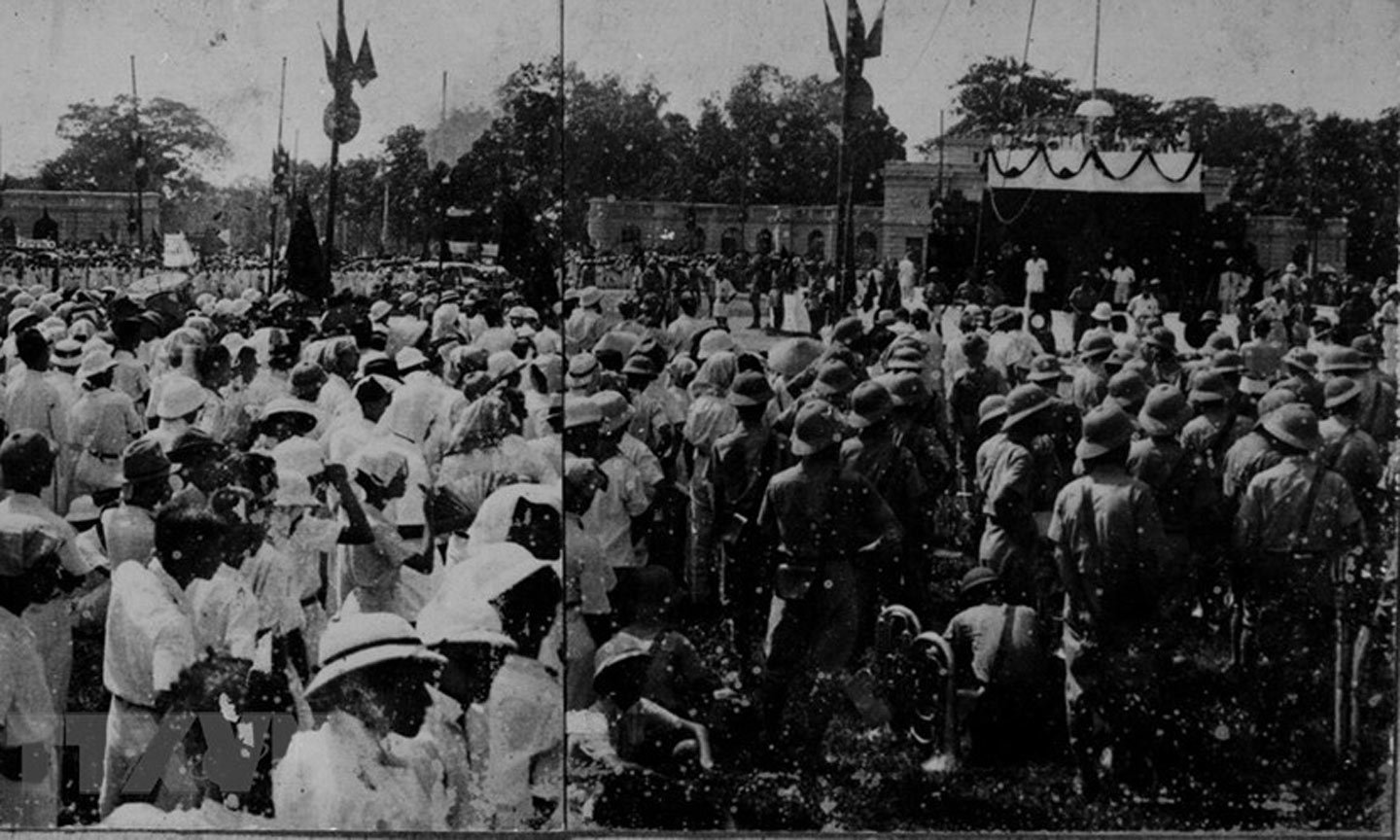
Crowds of people gathered at Ba Dinh Square to listen to President Ho Chi Minh read the Declaration of Independence on September 2, 1945 - Source: VNA documents
The first flag-raising ceremony to welcome international delegations
Since August 15, 1945, after the Japanese fascists surrendered to the Allies, the Allied forces in the Asia- Pacific region, most recently the unit stationed in Kunming, China, have been preparing to send troops to Vietnam to disarm the Japanese army. Among them, there was a delegation of American major in the OSS (predecessor of the Central Intelligence Agency - CIA) Archimedes LA Patti, who went ahead, as well as a delegation of French major Jean Sainteny, nominally from the Allies, but in fact representing the French army (the anti-fascist resistance faction of General Charles de Gaulle).
Patti arrived in Hanoi on August 22, after Hanoi was already in the hands of the Viet Minh and the mass forces. His advance party was housed in a villa in the area of present-day Le Thai To Street. Here, on August 25, Allied officers were invited to step outside the villa gate to attend a flag-raising ceremony to welcome the delegation of representatives of the new Vietnamese government.
In his book Why Viet Nam: Prelude to America's Albatros (University of California Press, 1980), Mr. Patti described in detail this solemn and emotional flag-raising ceremony.
This major recounted in the book: "On the first Sunday in Hanoi, we were waiting for a quiet day and had a long breakfast when we heard noises and drums outside the door. Right at the front door, four Vietnamese gentlemen were waiting for the Head of the American Mission. They were the delegation of the National Liberation Committee, the new Provisional Government, coming to welcome the Allies."
The representatives of the Provisional Government included Mr. Vu Van Minh (representing the Hanoi Party Committee), Vo Nguyen Giap, representing President Ho, along with Mr. Duong Duc Hien (General Secretary of the Vietnam Democratic Party, later Minister of Youth in the Provisional Government), and Khuat Duy Tien (Secretary of the Hanoi Communist Party Committee). After drinking coffee and chatting, Mr. Vo Nguyen Giap told the guests: "The public is looking forward to welcoming you and your American friends. Therefore, please invite you and your delegation to the front gate." Through the noise, Patti immediately knew that this was an outdoor ceremony.
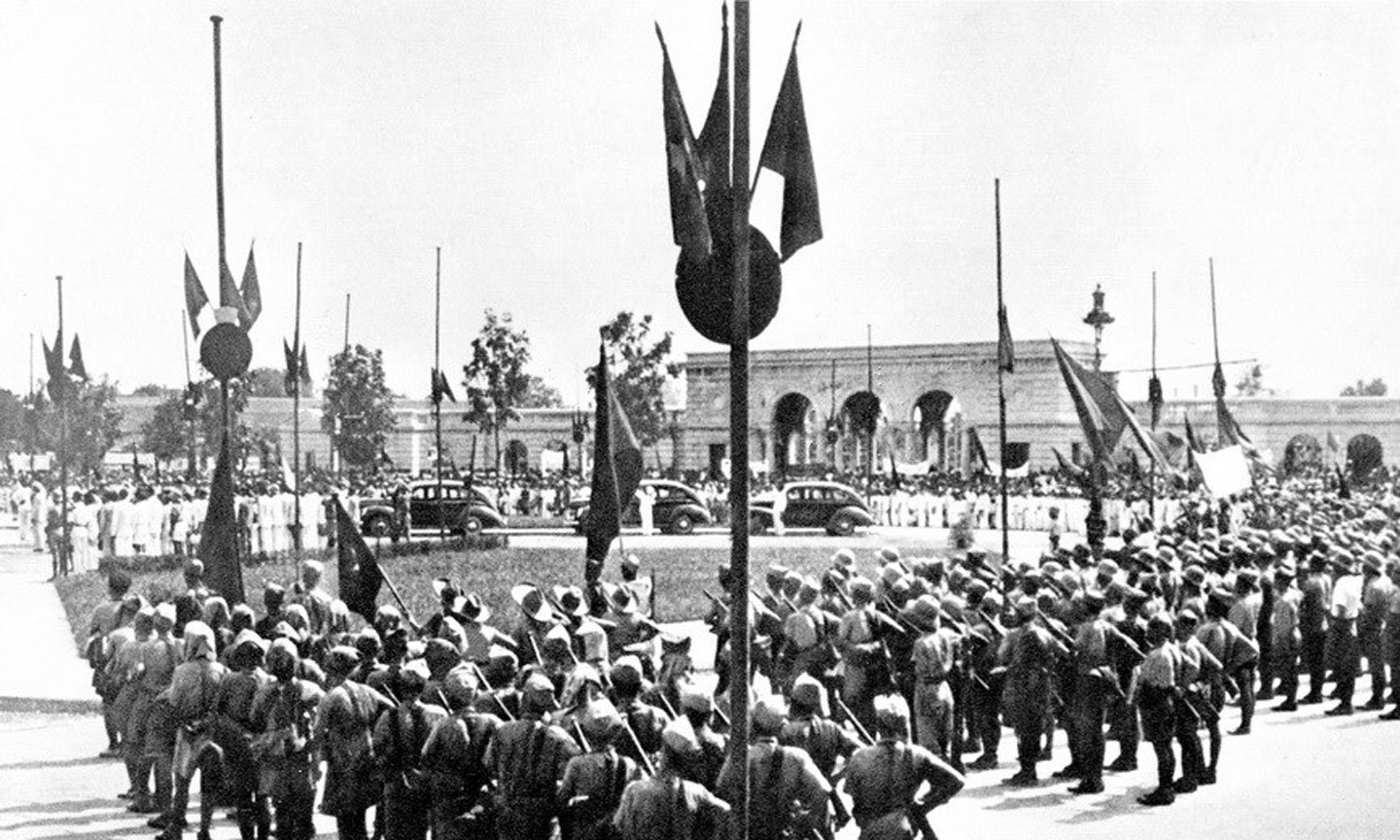
The motorcade carrying President Ho Chi Minh and delegates of the Provisional Government of the Democratic Republic of Vietnam to Ba Dinh Square, September 2, 1945. Source: VNA documents
As the guests stepped out of the villa gate, they witnessed a military band of about 50 people standing in line across the street, in front of them were five large flags of the United States, Great Britain, the Soviet Union, the Republic of China, and the Democratic Republic of Vietnam.
On the left is a unit of 100 soldiers standing at attention, wearing sand hats, short-sleeved shirts, khaki shorts, carrying American and British weapons. On the right are Duong Duc Hien's youth groups, dressed in white.
In a solemn atmosphere, the flags were lowered one by one, except for the American flag, and the American national anthem was played. Then, the same thing happened for each country's flag, in turn, the Soviet Union, the Republic of China, and finally the Democratic Republic of Vietnam.
This military band is the orchestra of the Hanoi Security Forces, which joined the revolutionary army on the day of the August 19 uprising. The conductor of the orchestra is Mr. Quan Dinh Ngoc Lien.
After the American major expressed his thanks to the delegation, the army commander, the military band, and the units began to march... During the farewell, Mr. Vo Nguyen Giap, with an emotional look, turned back to Patti and said: "This is the first time our country's flag has been raised in an international ceremony and our national anthem has been played to welcome foreign guests. I will never forget this day."
“Guests” at the Palace of the Governor General of Indochina during the August Revolution
When we think of the August Revolution, we often recall the symbolic image of the masses demonstrating to seize power in front of the Palace of the Northern Governor (now the Government Guest House on Ngo Quyen Street, Hanoi). Many people wonder: Why is there no image of the seizure of power at the Palace of the Governor General of Indochina?
The Palace of the Governor General of Indochina in the area of today's Ba Dinh Square was built by the French from 1901 to 1906. This was the workplace of the Governor General of Indochina, the highest-ranking official of the colonial government that ruled the three regions of Vietnam, Laos, and Cambodia.
In March 1941, the Japanese army occupying Vietnam arrested all French officials and occupied the Governor's Palace as the headquarters of the Japanese Consulate in the North. At that time, the Japanese army headquarters was located in the area of the Military Guest House, No. 33 Pham Ngu Lao, Hanoi today. On August 19, 1945, when the masses and the Hanoi self-defense forces occupied the Palace of the Royal Commissioner of Tonkin, the Security Guard Camp (No. 40A Hang Bai, Hanoi) today and the public agencies of Hanoi city such as the City Hall (now the Hanoi People's Committee), the Central Police Department (now the Hoan Kiem District Police Headquarters), the treasury, the post office... the Japanese army from the barracks next to the History Museum sent tanks out with the intention of intervening, but after being persuaded by the leaders of the uprising, they withdrew their tanks and soldiers to the military area.
From Kunming, the delegation of French officers led by Jean Sainteny arrived in Hanoi by plane at Gia Lam airport at noon on August 22, 1945, and were then taken to the Governor-General's Palace, which was still occupied by the Japanese army, while the American officers were taken to the Metropole Hotel. According to the Americans, the French officers were taken to the old Governor-General's Palace because this location was isolated from residential areas and these officers were almost "confined" in a "golden cage".
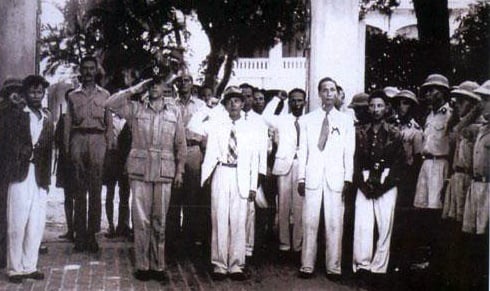
Minister Vo Nguyen Giap and the OSS delegation attended the flag-raising ceremony to welcome the Allied delegation on August 25, 1945 in Hanoi - Photo: Document
Sainteny wrote in his memoir The Story of a Forgotten Peace (published by CAND Publishing House in 2003, translated by Le Kim), the Japanese army claimed that allowing French officers to stay at the Metropole Hotel would “cause great public outrage,” so Sainteny asked to be transferred to the former Governor-General’s Palace. Here, the French officers had established radio contact with French bases in Kunming. However, these officers were only allowed to stay in the palace, and if they stepped out into the garden, they were dismayed to see two or three Japanese guards with rifles in hand or bare swords following them every step of the way.
On August 27, Viet Minh representatives also came to meet this delegation, namely Minister of Interior Vo Nguyen Giap and Minister of Youth Duong Duc Hien. This delegation was brought by Patti and then Sainteny invited Patti to stay for dinner.
Because the Governor's Palace was right next to Ba Dinh Square, Sainteny observed and described in detail the event of our country's National Day on September 2 as follows: "On September 1, the Japanese soldiers guarding the Governor's Palace were replaced by a Vietnamese Guard. The next day, September 2, was one of the most important events in the process of taking power by the Viet Minh Revolutionary Government. A huge rally on "Independence Day" was announced in advance, considered the key point in a series of subsequent events. On a high wooden platform erected in Puginier Park, Vo Nguyen Giap, Tran Huy Lieu and then Ho Chi Minh, who the people knew that day was the veteran revolutionary Nguyen Ai Quoc, solemnly declared Vietnam's Independence."
Sainteny also telegraphed the event of our country's Independence Day to Kunming, he estimated that "several hundred thousand people attended this rally".
On September 3, the Vietnamese government allowed a group of French officers from the Governor's Palace to go to the Metropole Hotel, and then to the new Vietnamese government headquarters (the Tonkin Government). Then, when the Chinese Nationalist army moved in to disarm the Japanese, on September 8, they occupied the offices at the Governor's Palace.
By September 11, Sainteny and the French officers had to move to a villa on Bélier Street (now Lo Duc Street). The Governor's Palace became the workplace of General Lu Han, Commander of the Chinese Nationalist Army, until the army withdrew and was handed over to the French.
Le Tien Long
Source



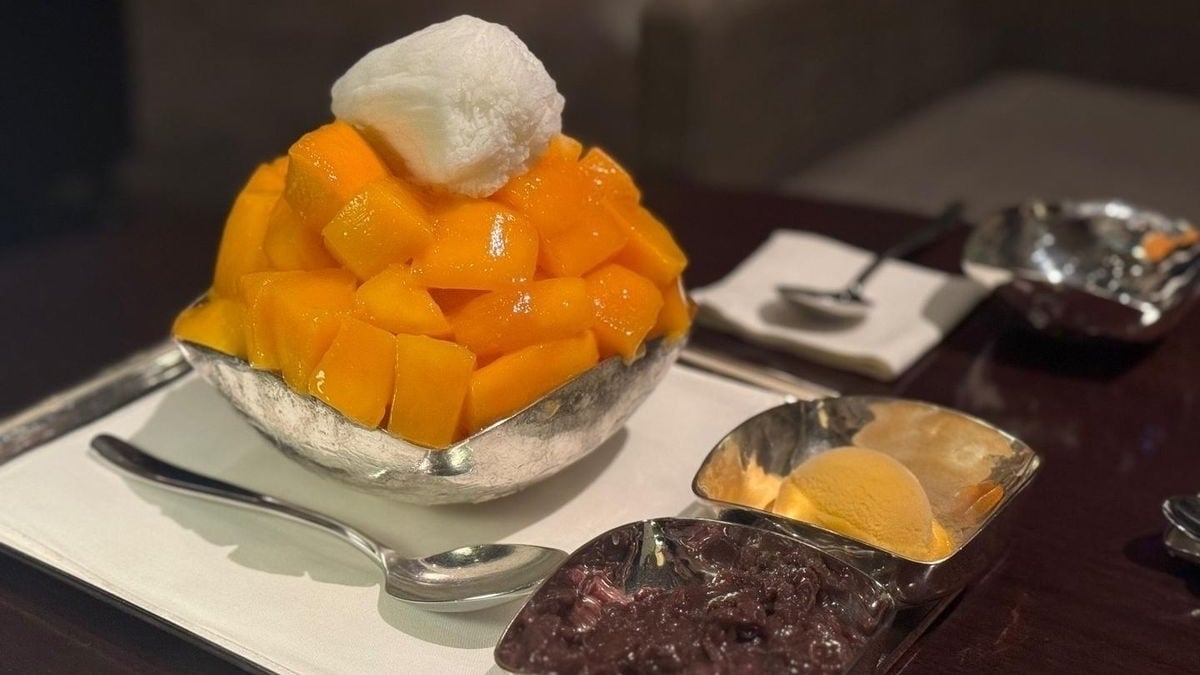
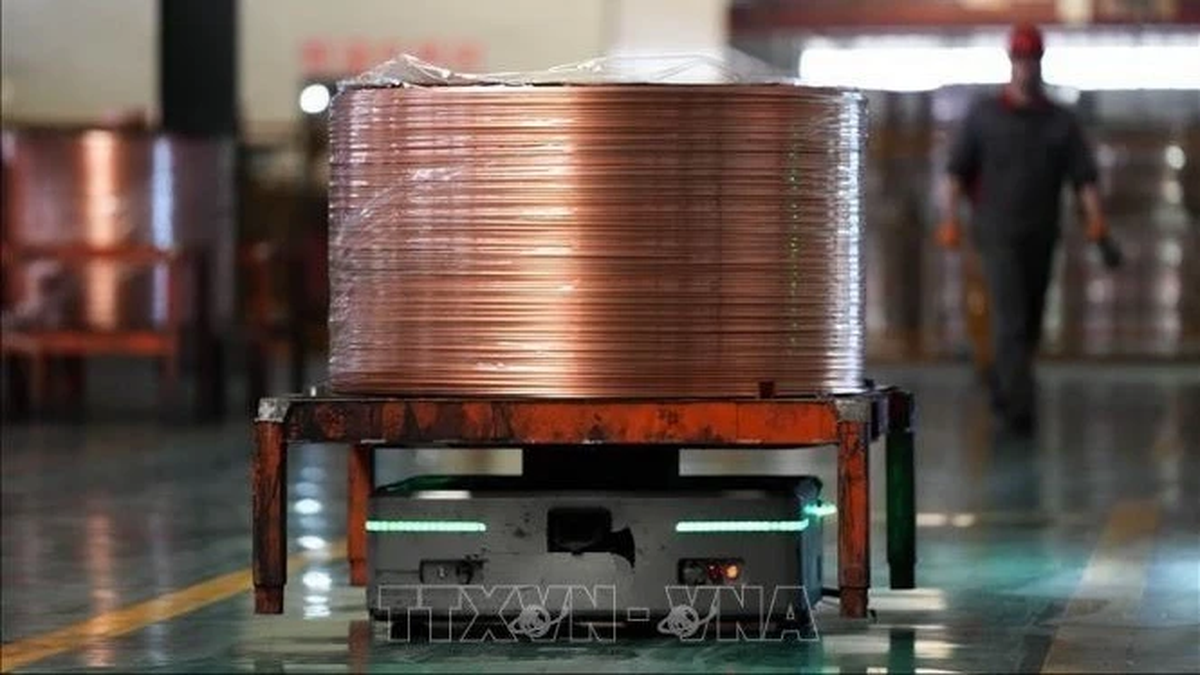
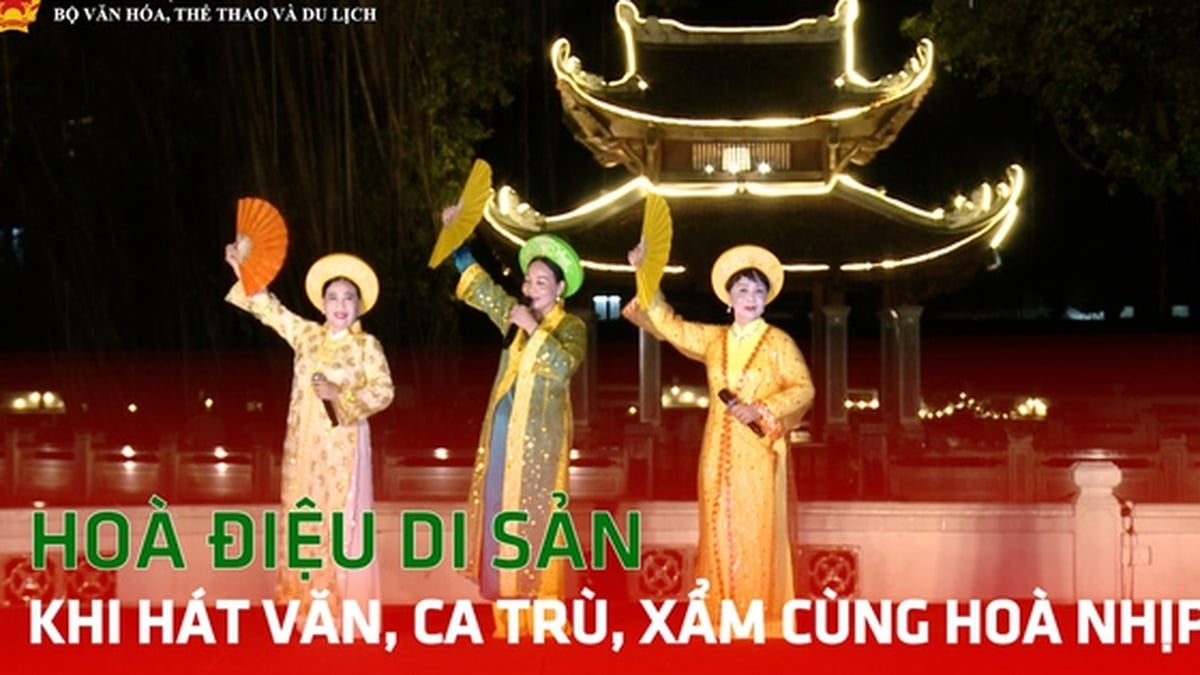

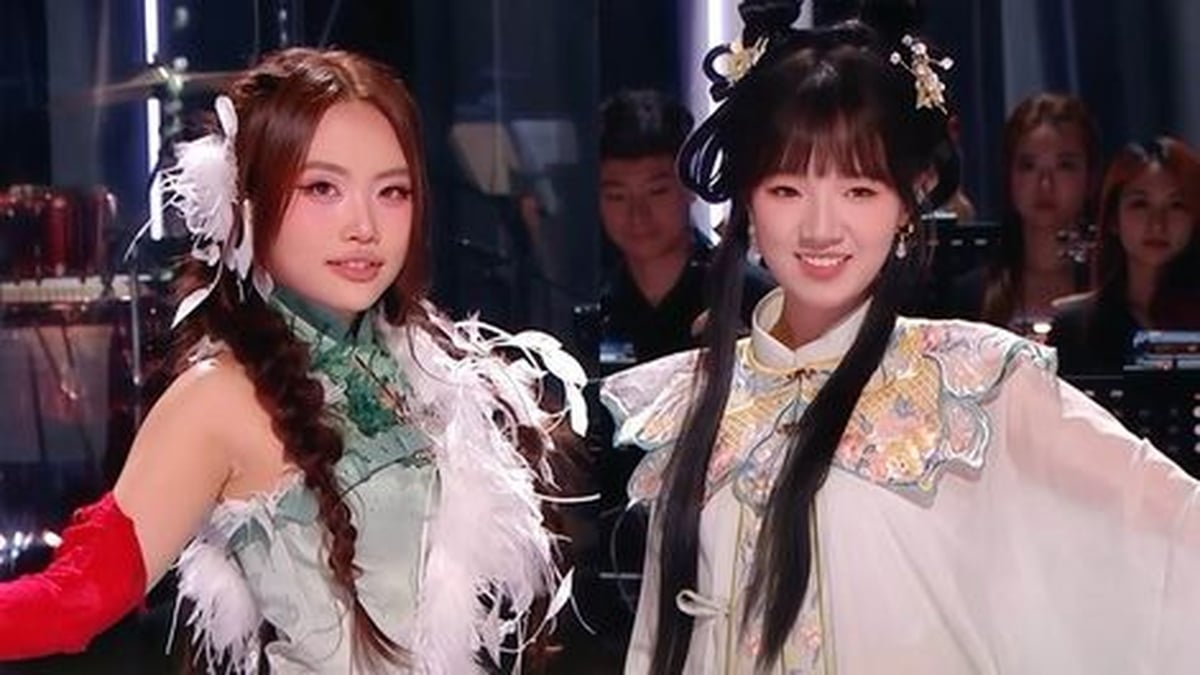
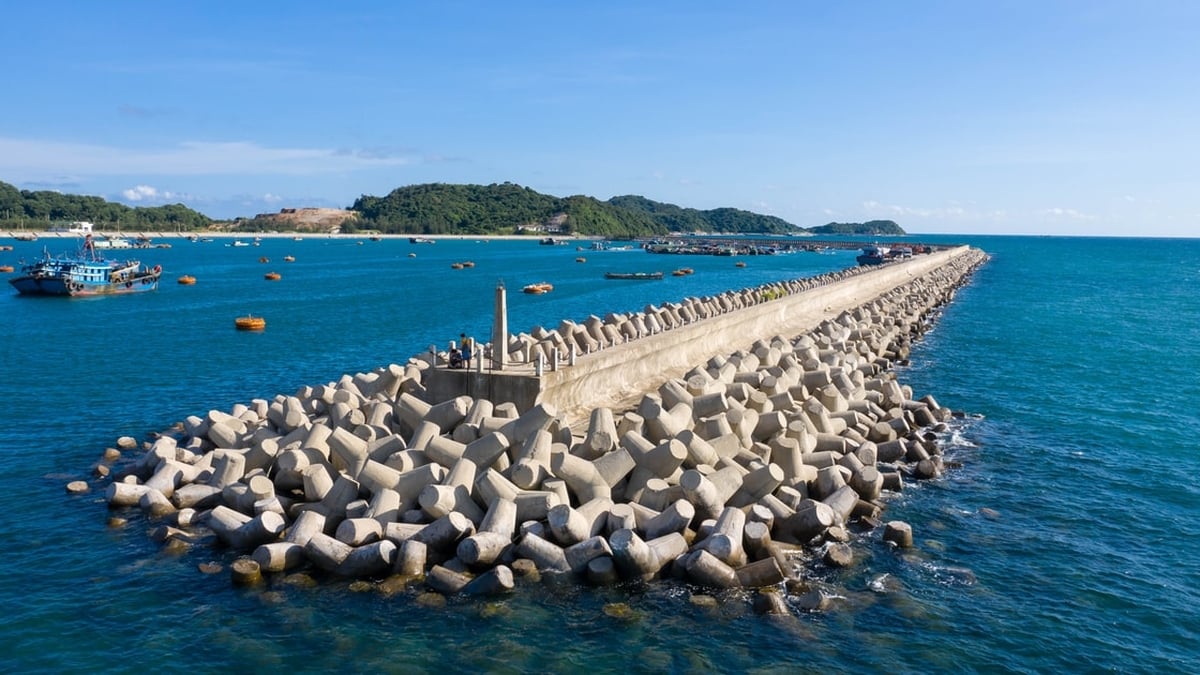
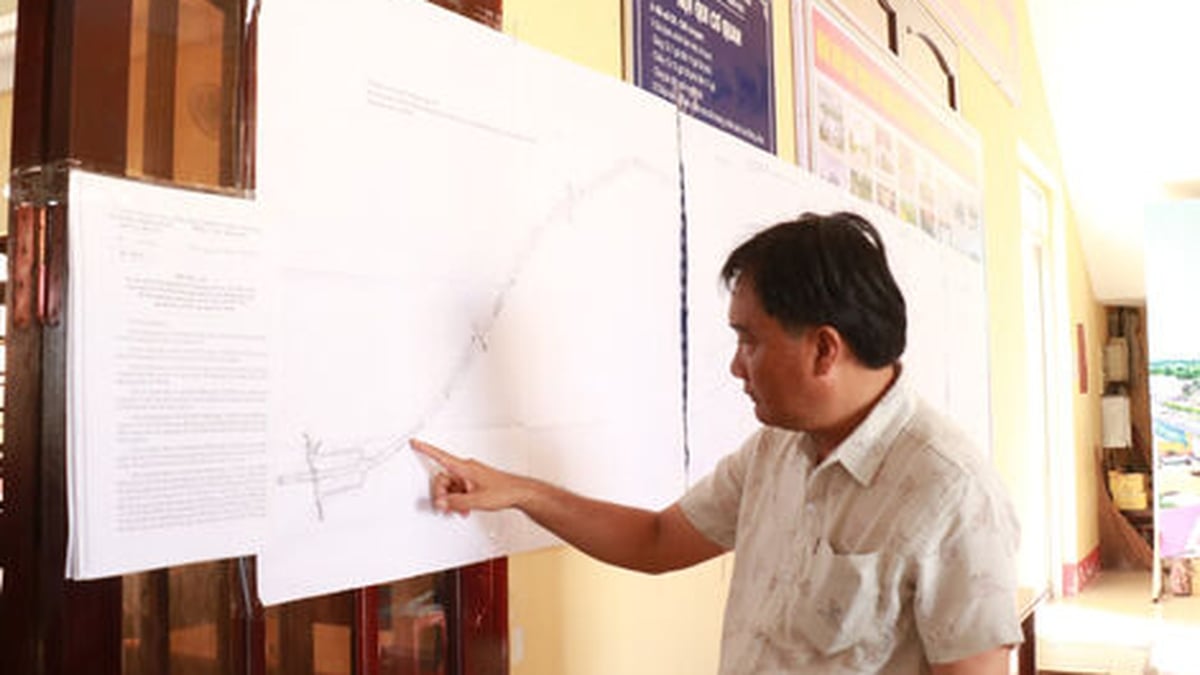
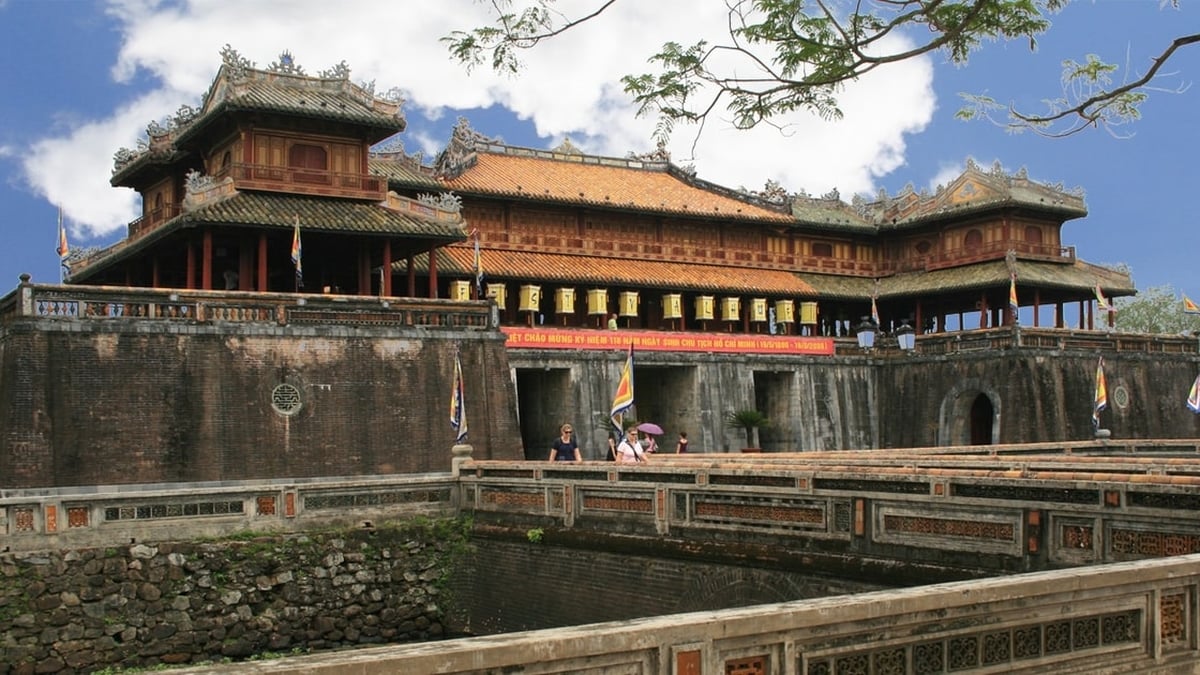
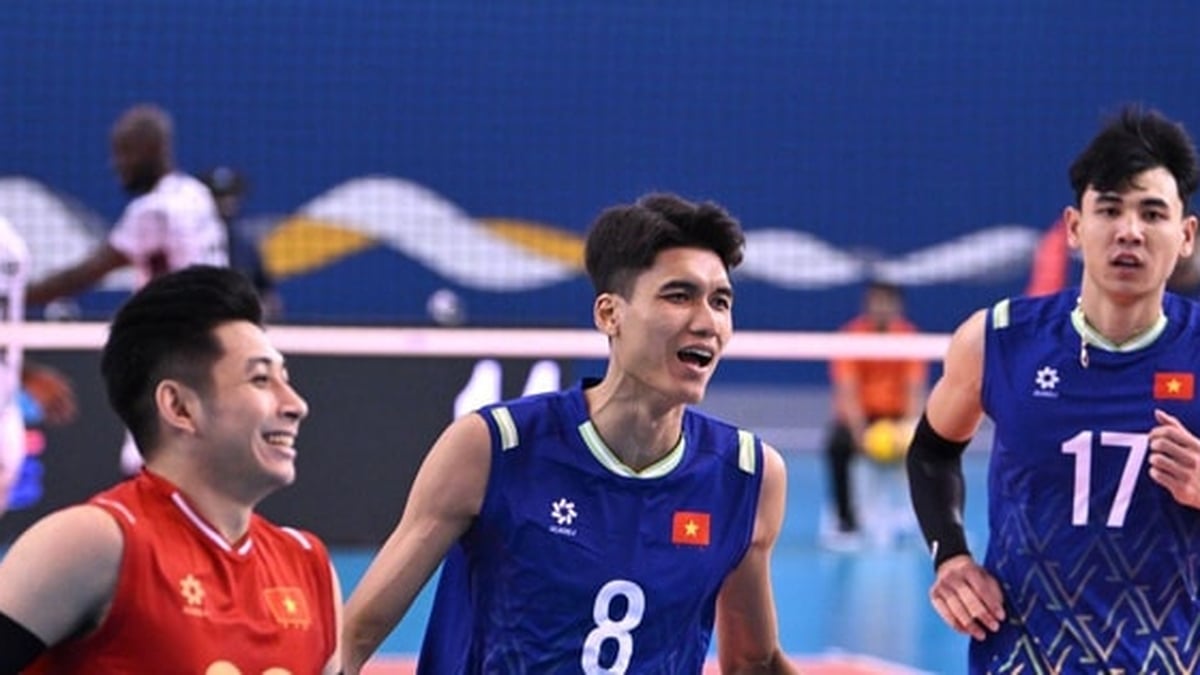









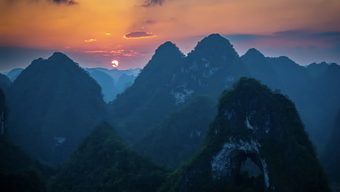
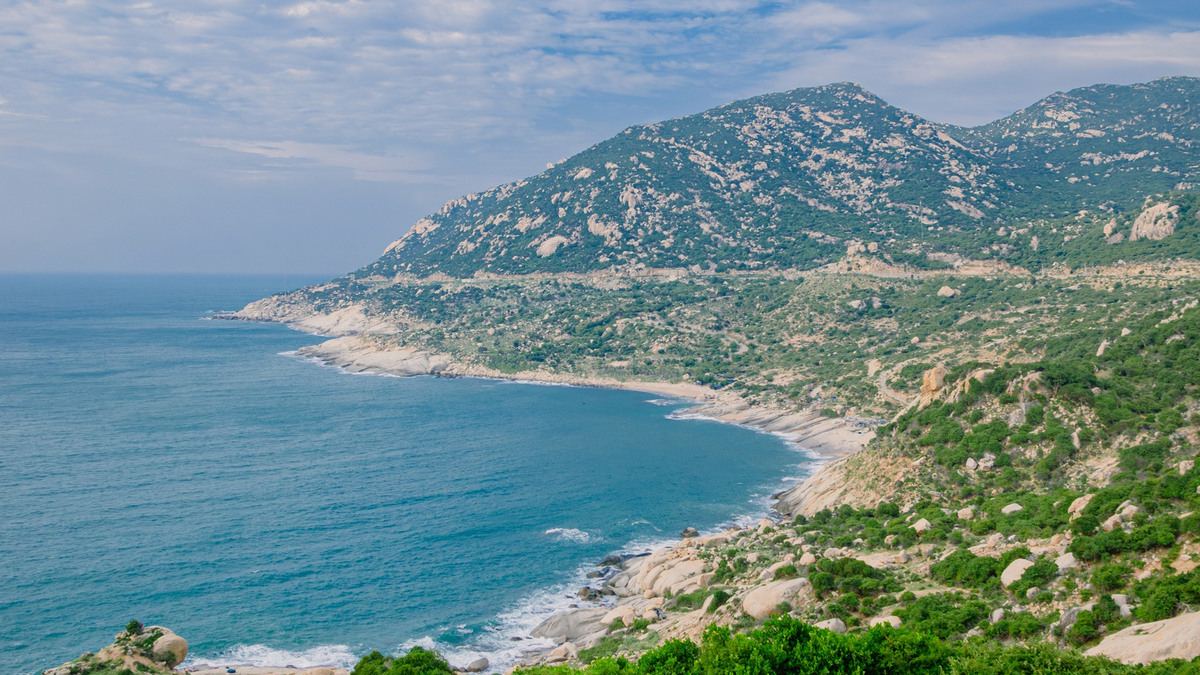

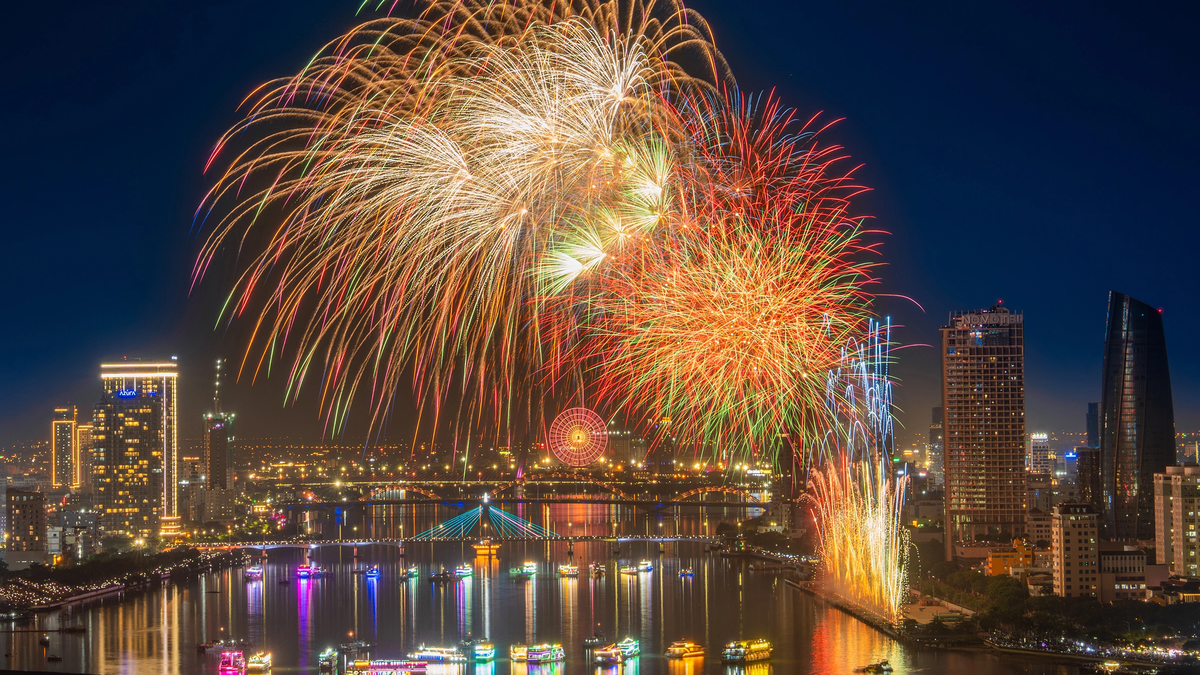
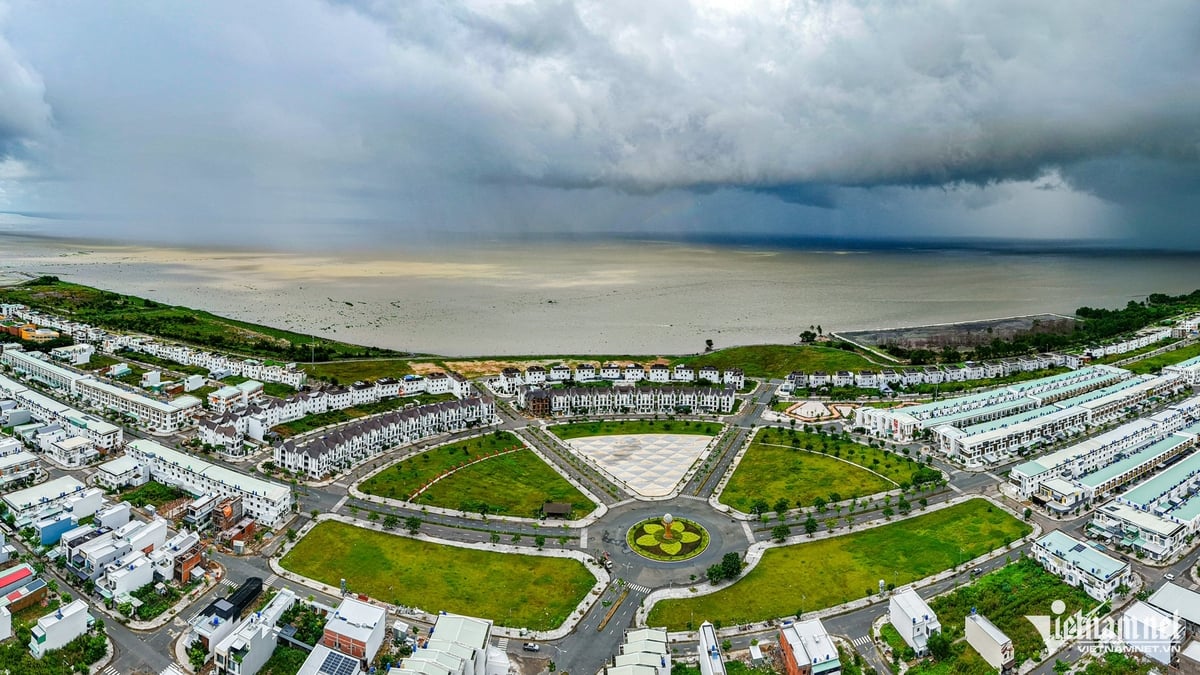
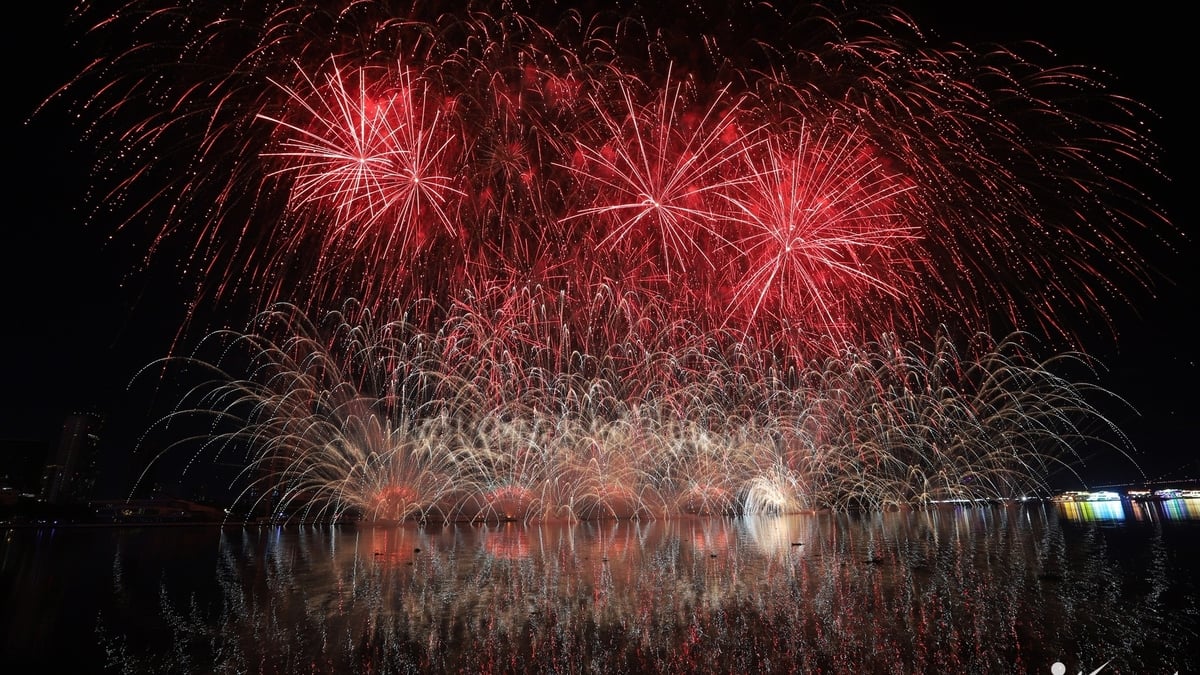
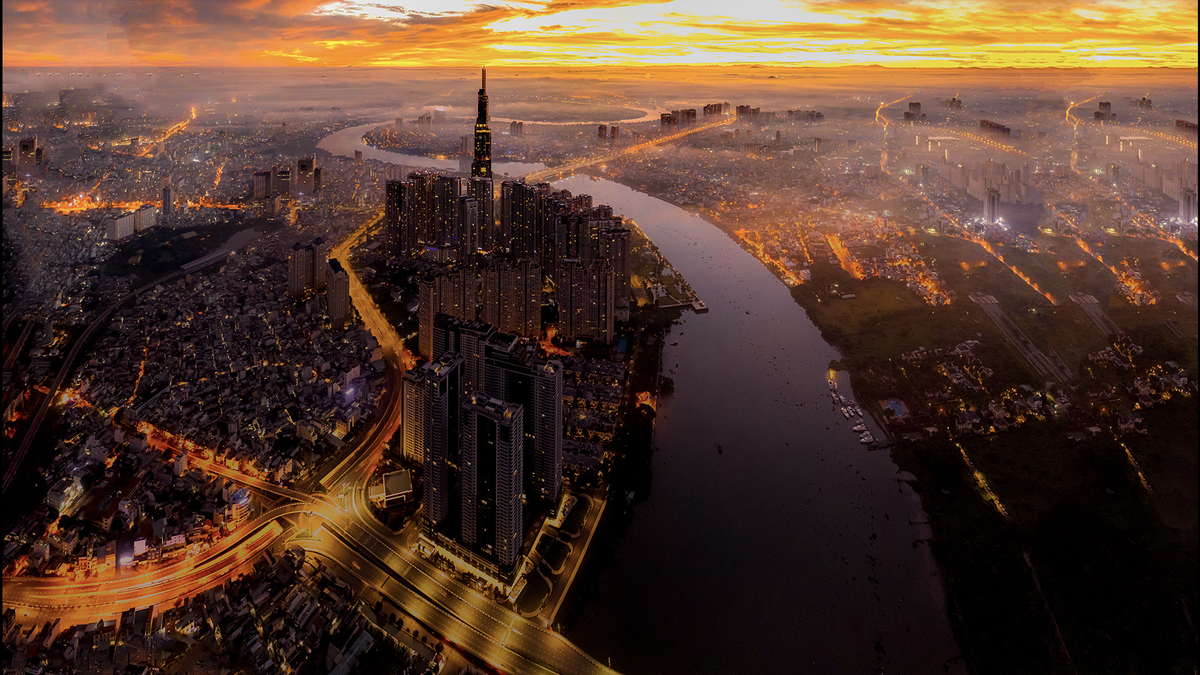

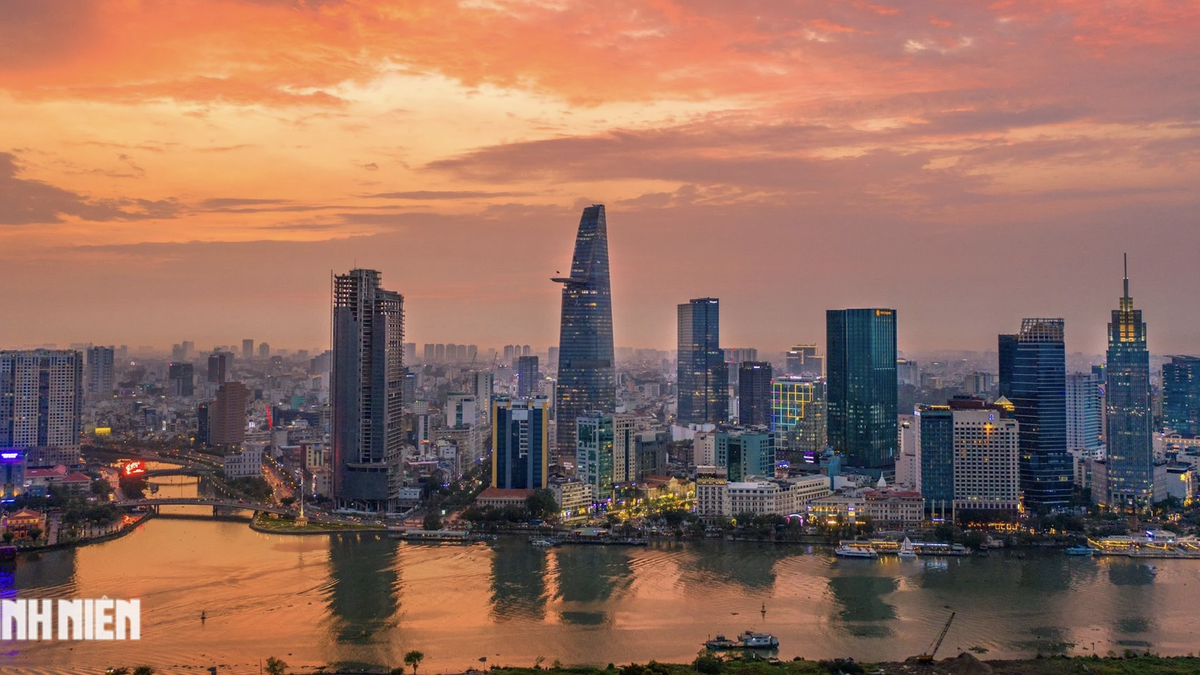
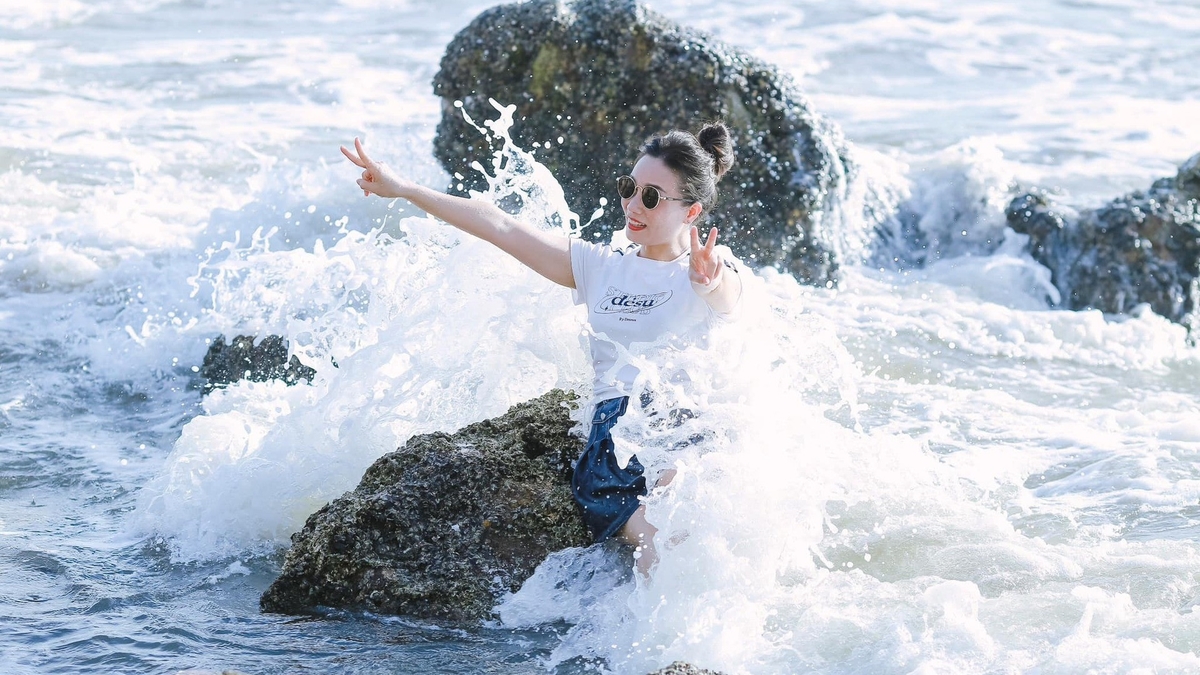
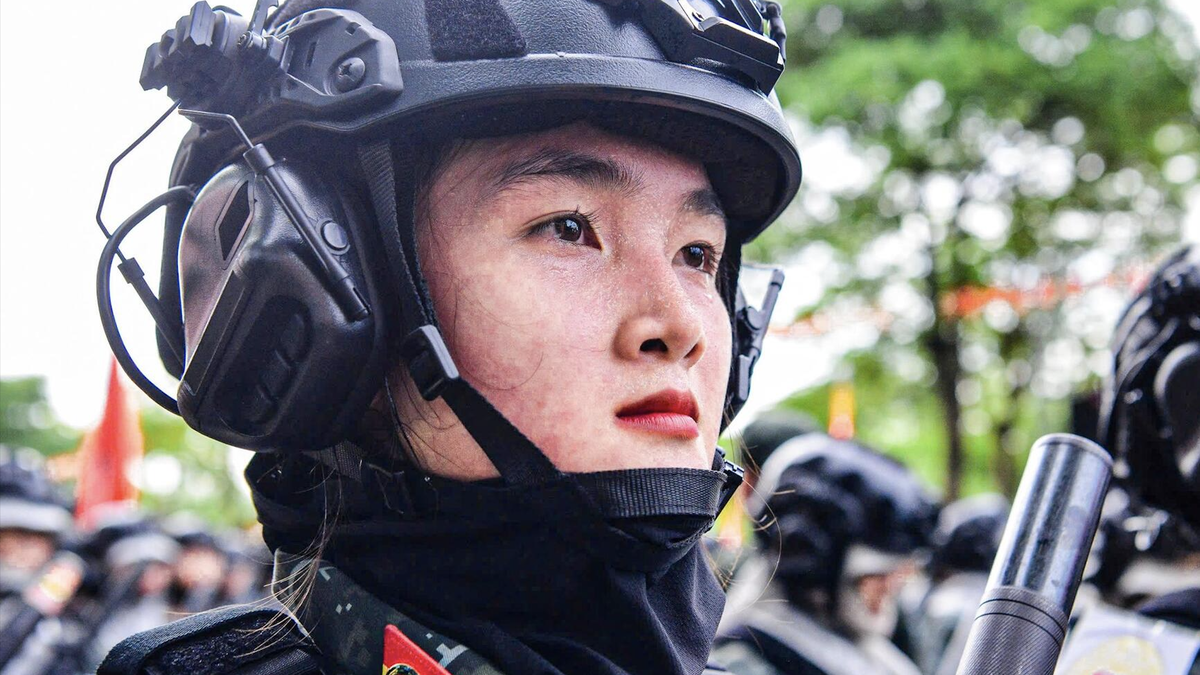
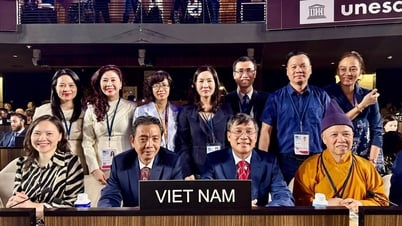



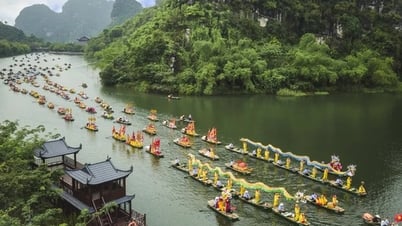

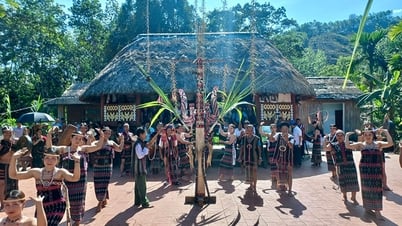



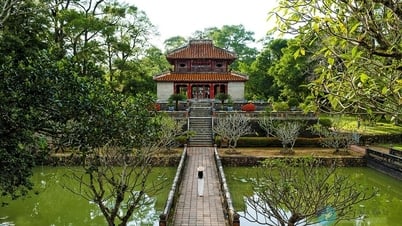

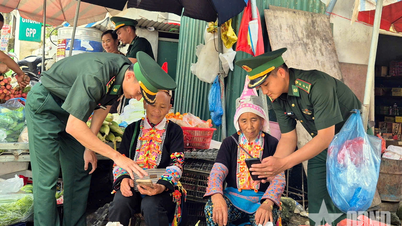

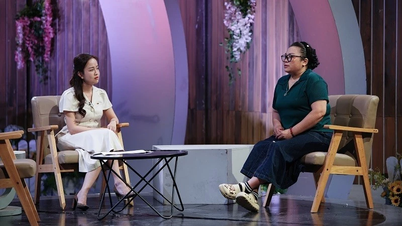

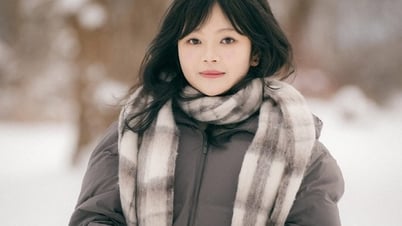

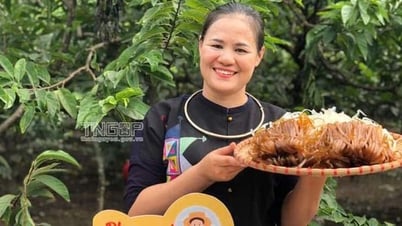

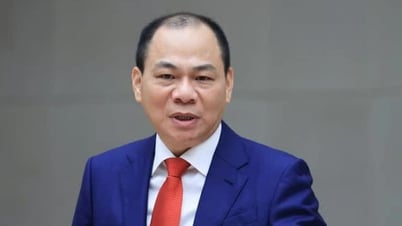

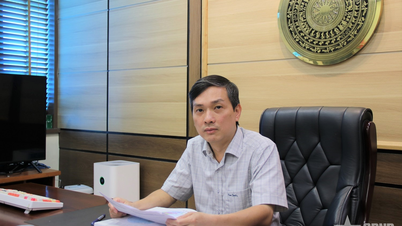
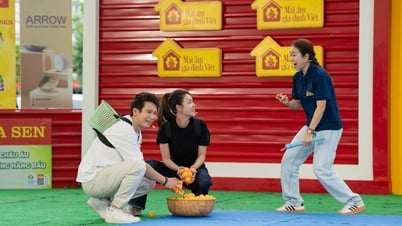



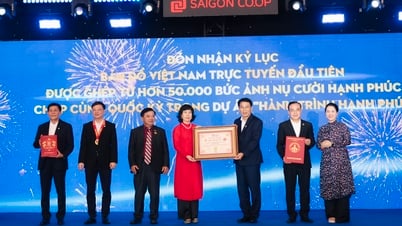
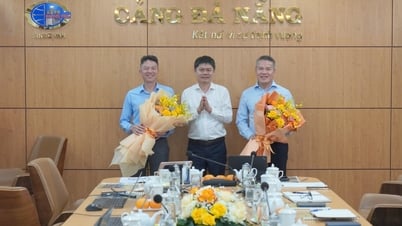





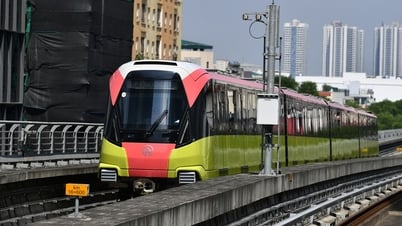
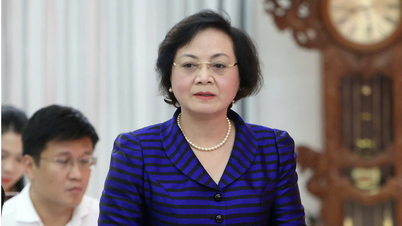
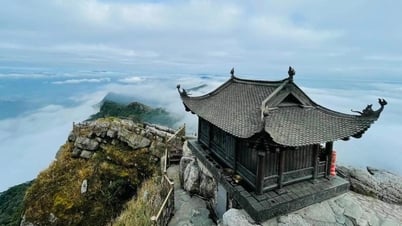


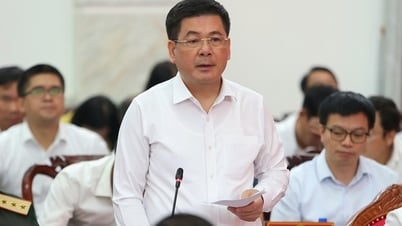

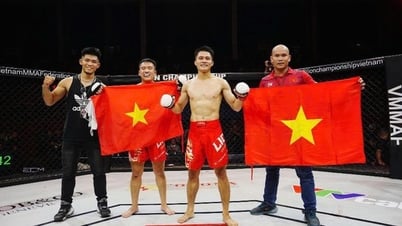
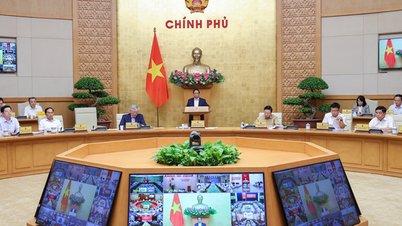
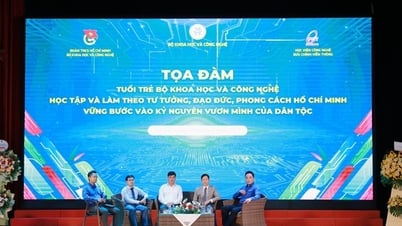

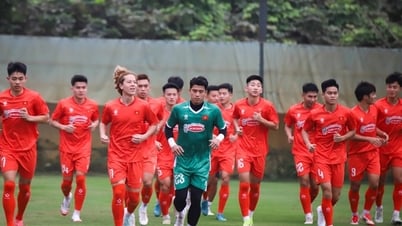







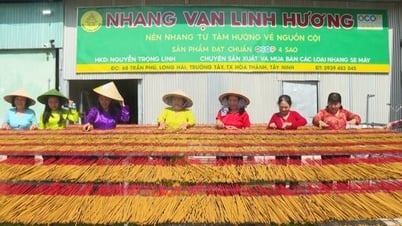

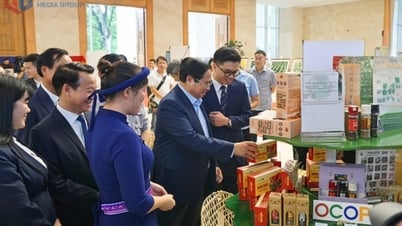

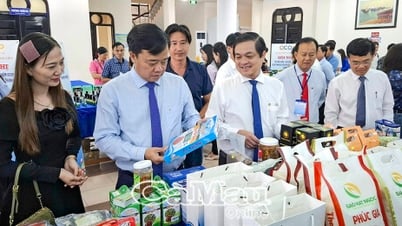



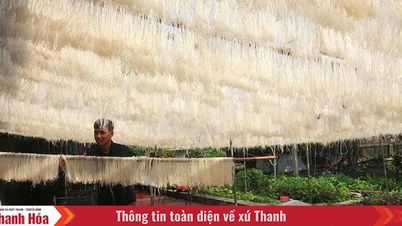

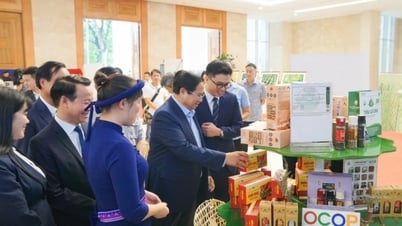

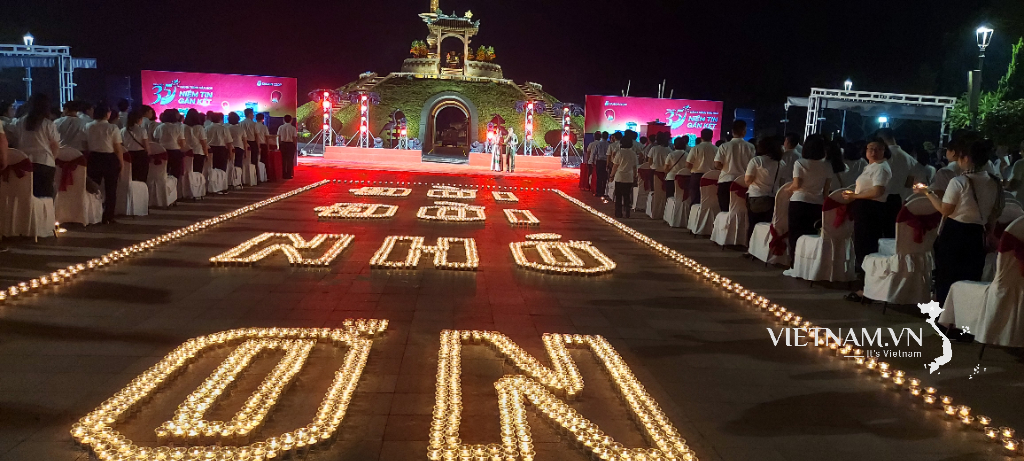
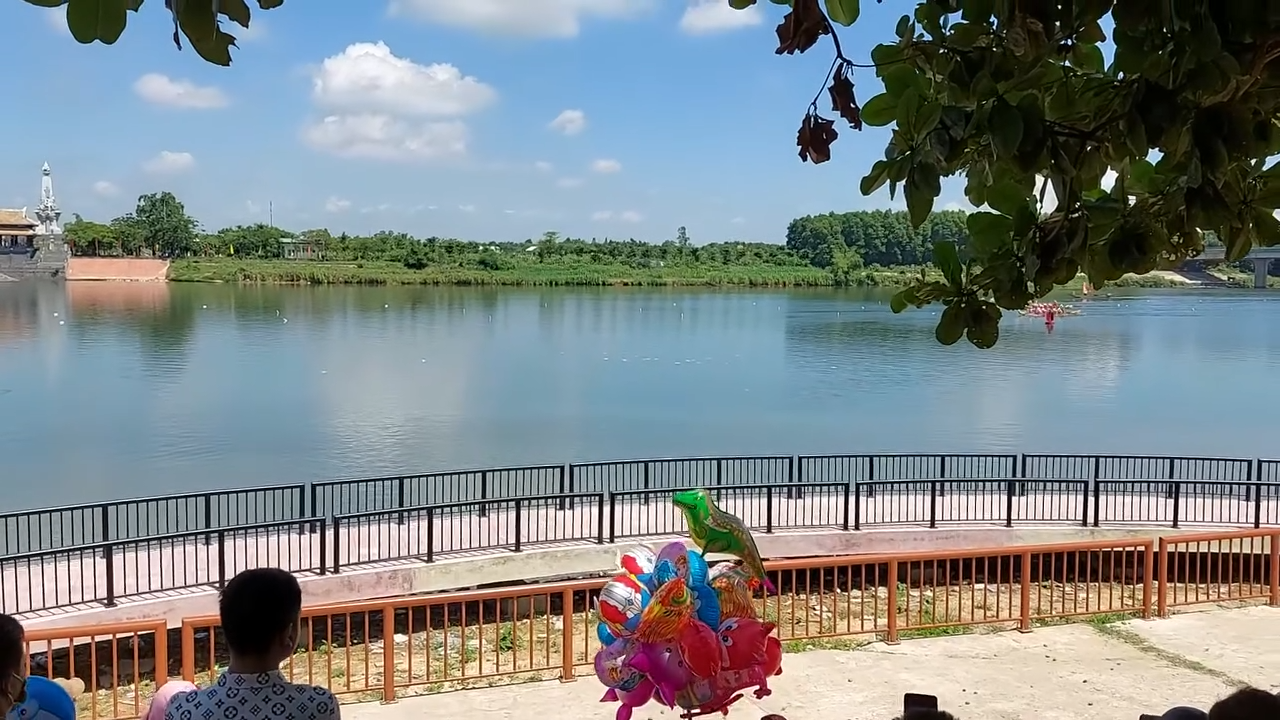

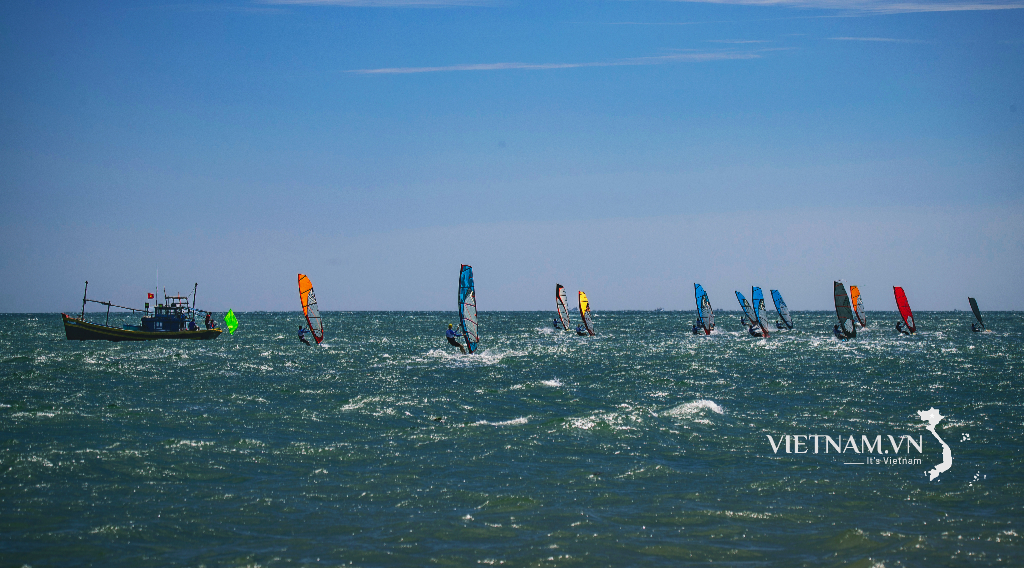
Comment (0)